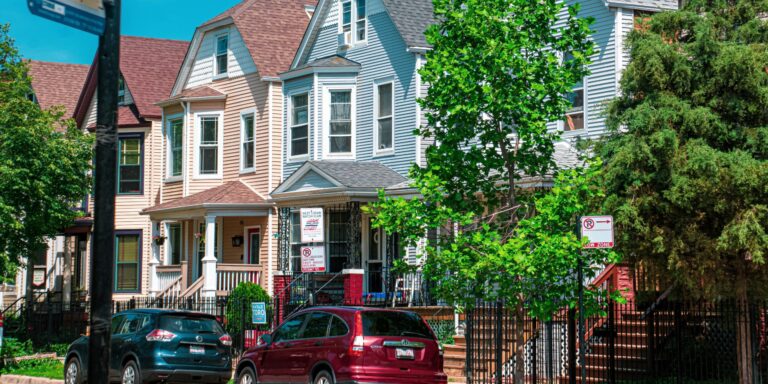As of June 6, 2025, the U.S. residential real estate market is continuing to experience significant demand, with homebuyers vying for a limited number of properties available for sale. This persistent surge in demand, combined with low inventory levels, is causing home prices to rise across various regions, particularly in suburban and metropolitan areas. Industry experts suggest that the lack of available homes is intensifying competition, which is evident in cities such as Austin, Texas, and Charlotte, North Carolina.
The current landscape is shaped by a mix of factors, all of which are driving the demand for homes to levels that are outpacing the available supply. One of the key drivers is the low mortgage rates, which have remained relatively attractive despite some fluctuations. These favorable borrowing conditions make it more affordable for many prospective homeowners to enter the market. Additionally, the work-from-home trend, which was accelerated by the pandemic, has sparked increased interest in larger homes or those situated in more suburban or rural areas, where buyers can enjoy more space and a quieter environment while still commuting to urban hubs.
Furthermore, the economic recovery following the pandemic has led many people to reconsider their housing needs. The desire for stability, combined with the rise in home prices, has pushed many renters and first-time buyers to jump into the market. This perfect storm of factors is leading to what many real estate agents describe as quick sales and competitive bidding wars.
Real estate agents across the nation report that homes are moving faster than ever. In some cases, listings are receiving multiple offers within days of being posted, with some buyers offering more than the asking price in an effort to secure a home. This rapid pace is especially pronounced in high-demand cities like Austin, Texas, where the market has remained fiercely competitive, and Charlotte, North Carolina, which has seen a significant increase in both demand and home values. In these markets, new listings are often greeted with swift action from eager buyers.
However, the tight inventory is not only an issue for buyers. Sellers, too, are navigating a complex market environment. While many are capitalizing on the higher prices, others are reluctant to put their homes on the market, fearing that they won’t be able to find another home to purchase amid the limited supply. This hesitation on the part of potential sellers is further exacerbating the inventory shortage. In many areas, homes are being snapped up as soon as they are listed, with sellers finding themselves in competitive bidding situations that drive prices even higher.
To help mitigate the inventory shortage, builders are ramping up new construction projects. However, the construction sector continues to face significant challenges. Supply chain disruptions that began during the pandemic are still affecting the availability of building materials, and the cost of labor and materials has risen considerably. As a result, while there is a push for new homes to enter the market, construction timelines are often longer than expected, and the prices for new builds can be higher than many buyers can afford.
The combination of rising construction costs and ongoing material shortages is slowing the pace at which new homes can be completed. This situation is particularly impactful for first-time homebuyers, who may find themselves priced out of the market by the increasing costs of both existing homes and new builds.
Looking ahead, experts are closely monitoring how the market will evolve throughout the summer. More homes are expected to come to market, particularly as the warmer months encourage more homeowners to list their properties. However, with mortgage rates continuing to fluctuate and construction delays still a concern, it is unclear whether the market will stabilize or whether competition will intensify even further.
As the housing market remains a key topic of interest for both buyers and sellers, economists are predicting that the trends seen in early 2025 may persist throughout the year. Homebuyers are advised to remain flexible and act quickly when they find properties they like, as the market’s fast pace shows no signs of slowing down.
The future of the residential real estate market hinges on multiple factors, including the ongoing dynamics of mortgage rates, the availability of new homes, and shifts in buyer behavior. As the summer progresses, the outlook for the market will continue to evolve, but one thing remains clear: the competition for homes is only expected to grow.
